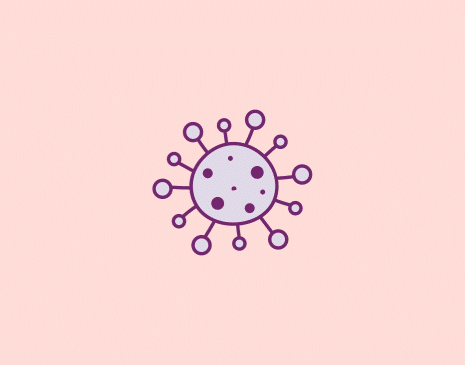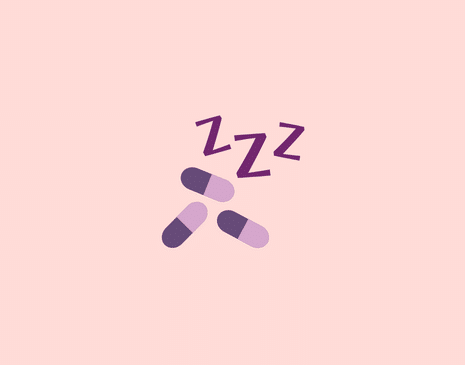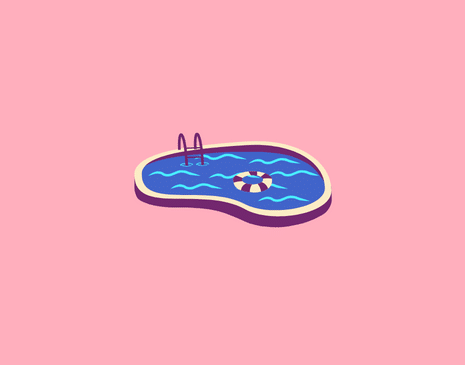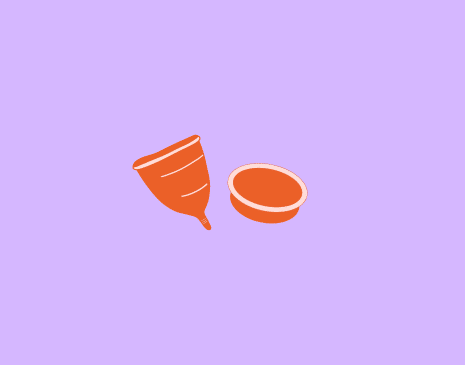Alright, let’s talk about something that hits close to home for many of us – urinary tract infections (UTIs). We’ve all been there, and it’s not exactly a topic we shout from the rooftops. But seriously, what’s the deal? Why do we find ourselves in this uncomfortable situation more often than we’d like? Let’s cut through the jargon and get down to the nitty-gritty of what causes UTIs in women. No frills, just the real talk you’ve been looking for.
UTI 101: Breaking It Down
Alright, let’s start at square one. What exactly is a urinary tract infection (UTI)? Well, a urinary tract infection is a bacterial infection that can occur anywhere in your urinary system—think kidneys, bladder, ureters, and urethra.
Now, most UTIs happen in the lower part of this system, specifically the bladder and urethra. Why? Because these areas are more accessible to bacteria from the outside world.
The Usual Suspects: Bacteria
So, what causes UTIs in women? Often, it’s bacteria, with Escherichia coli (E. coli) being the most common culprit. UTIs occur when bacteria enter the body through the urethra. Because females have a shorter urethra and the vagina is in close proximity to the anus, where bacteria commonly reside, they are at a higher risk of developing UTIs compared to males.¹
The Role of the Urethra
Picture this: Your urethra is like the gateway to your urinary system. It’s the tube that connects your bladder to the great outdoors, so to speak. And, unfortunately, it’s also a prime entry point for bacteria. Women, in particular, have a shorter urethra than men, making it easier for bacteria to hitch a ride and cause trouble.
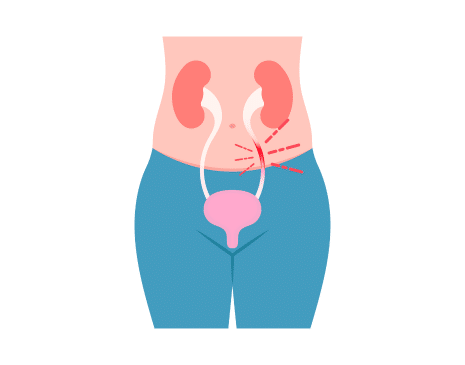
What Triggers Urinary Tract Infections (UTIs)?
From lifestyle factors to everyday habits, several common factors can lead to women developing urinary tract infections.
Back to Front – Wiping Habits
One seemingly innocent habit that could be working against you is your bathroom routine. Wiping from back to front after using the toilet might be convenient, but it’s a potential highway for bacteria from the anal region to make their way towards the urethra. Let’s face it – good wiping habits are crucial in more ways than one.
Stay Hydrated, Stay Healthy
Ever heard the phrase “flush it out”? Well, it applies to your urinary system, too. Not drinking enough water can concentrate urine, making it a welcoming environment for bacteria to flourish. So, grab that water bottle and keep things flowing.
Hold It In? Bad Idea
Holding in your pee might seem like a minor inconvenience, but it can be a big win for bacteria. When you delay bathroom trips, you give bacteria more time to multiply in your bladder. Don’t make your bladder a cosy home for unwelcome guests – go when you gotta go!
The Aftermath of Intimacy
Intimacy is great, but it’s important to address the elephant in the room – sexual activity. Certain positions and activities can introduce bacteria into the urethra, increasing the risk of infection. The solution? Always practise good hygiene before and after getting cosy, and make sure you pee after sex. Don’t be one to find our firsthand what happens when you don’t pee after sex.
Dehydration and Diet
What you eat matters more than you might think. Diets high in irritants, caffeine, and acidic foods can potentially contribute to UTIs. Maintaining a balanced diet can play a role in keeping your urinary system happy.
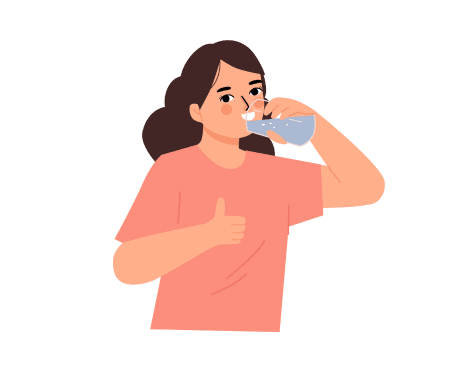
Anatomy Matters: How Women’s Bodies Come into Play
Now that we’ve uncovered some common triggers, let’s zone in on how the unique anatomy of women plays a role in the UTI equation. It turns out, our bodies have a say in the matter, and understanding this connection is key to staying one step ahead of those unwelcome infections.
The Shorter Route: Women and Urethra Length
As mentioned earlier, women have a shorter urethra than men, creating a more direct path for bacteria to travel. It’s like having a shorter driveway – easier access for uninvited guests to make their way up to the bladder. Understanding this anatomical difference sheds light on why women are more prone to UTIs.
The Proximity Problem: Urethra and Anal Opening
The urethra and the anus are neighbours and not the kind you want living next door. The close proximity of these openings makes it easier for bacteria from the anal region to migrate towards the urethra. It’s like a game of unwanted bacterial tag, and unfortunately, we’re often “it.”
Hormonal Hijinks: Impact on UTI Risk
Hormones can be a double-edged sword. Changes in hormonal levels, especially during pregnancy, menopause, or the menstrual cycle, can alter the environment of the urinary tract. These shifts may create conditions that are more conducive to bacterial growth, increasing the likelihood of UTIs.
Pregnancy and UTIs: A Special Consideration
Pregnancy brings about a myriad of changes in a woman’s body, including an increased risk of UTIs. As the uterus expands, it can put pressure on the bladder, making it harder to empty completely. This residual urine becomes a breeding ground for bacteria.

Everyday Habits: Are You Making UTIs More Likely?
Now, let’s get real about our daily routines and how they might set the stage for UTIs. From what we eat to how we care for ourselves, certain lifestyle factors can either be our allies or, unwittingly, our enemies in the battle against urinary tract infections.
Hygiene Habits: The Good, the Bad, and the Ugly
While it’s crucial to maintain good hygiene, overdoing it can also be problematic. Aggressive cleaning or using harsh soaps can disrupt the natural balance of bacteria in the genital area. Learn how to clean your vagina, opt for gentle, fragrance-free products and avoid creating an inhospitable environment down there.
Tight Squeeze: Clothing Choices Matter
Fashion is fantastic, but tight-fitting clothes, especially underwear, can trap moisture and create a warm environment – a perfect breeding ground for bacteria. Consider opting for breathable fabrics and giving your nether regions some breathing space.
Toilet Time Tactics: Front or Back?
Believe it or not, how you position yourself on the porcelain throne matters. Sitting all the way back versus perching on the edge can impact how well your bladder empties. Make sure you’re fully seated for a more thorough flush.
Ditch the Bubble Baths
As tempting as a bubble bath may be, it’s not the best idea if you’re working out how to prevent UTIs. Harsh chemicals in bath products can irritate the urethra and upset the delicate balance of the urinary tract. Stick to simple, gentle cleansers instead.
Drinking Cranberry Juice and Probiotics
There’s some truth to the age-old advice about cranberry juice for UTIs. Cranberry juice contains certain ompounds that may help prevent bacteria from sticking to the urinary tract walls. Additionally, incorporating probiotics into your diet can promote a healthy balance of bacteria in your gut and urinary system.
By keeping an eye on these everyday habits, you can take proactive steps to reduce your risk of UTIs.
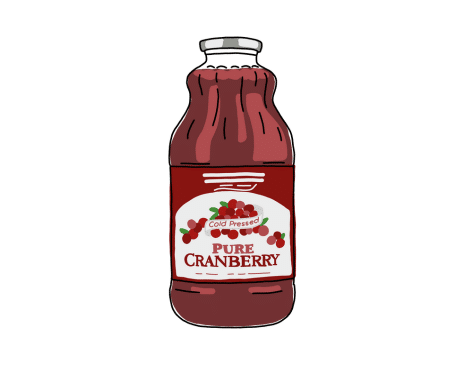
Tips for the Ladies: UTI Prevention Strategies
Now that we’ve explored the ins and outs of what can cause UTIs, it’s time to shift our focus to prevention. There’s good news – you don’t have to be at the mercy of these pesky infections. By incorporating some straightforward strategies into your routine, you can take the reins and significantly reduce your risk of dealing with a UTI.
Stay Hydrated, Stay Happy
Water is your urinary system’s best friend. It helps flush out bacteria and keeps your urine diluted, making it less hospitable for those unwelcome guests. So, keep that water bottle close and make hydration a priority.
Mind Your Wiping Technique: Front to Back, Always
It’s a simple rule but a crucial one. When wiping after using the toilet, always go from front to back. This minimises the risk of introducing bacteria from the anal region to the urethra, where they can cause trouble.
Urinate Regularly: Don’t Hold It In
Listen to your body. When nature calls, answer. Holding in urine gives bacteria a chance to multiply in your bladder. Regular bathroom breaks help ensure a clean sweep, reducing the risk of infection.
Practise Safe Intimacy
While it’s not a one-size-fits-all solution, practising safe intimacy can play a role in preventing UTIs. Consider urinating before and after sexual activity to help flush out bacteria. Additionally, communicating openly with your partner about comfort and hygiene can make a positive impact. Curious about why does it burn when you pee after sex?
Probiotics for the Win
Probiotics aren’t just for gut health – they can benefit your urinary system, too. These friendly bacteria help maintain a healthy balance, preventing the overgrowth of harmful bacteria. Consider adding probiotic-rich foods like yoghurt or supplements to your diet.
By making these simple yet effective strategies a part of your lifestyle, you can significantly reduce the likelihood of falling victim to UTIs.
When to Worry: Recognising UTI Symptoms
Early detection of a urinary tract infection is key for prompt intervention. Look out for signs and symptoms such as passing only small amounts of urine, a frequent urge to urinate, and a sensation that the bladder is still full after urination. You might feel unwell with nausea and fever, and confusion is common, especially in older adults. Other symptoms include pain, stinging, or burning during urination, as well as smelly, cloudy, dark urine, or urine containing blood. Additionally, you may have pain in the lower back or sides, or discomfort in the lower abdomen.¹
If you’re experiencing any of these symptoms, especially if they persist or worsen, don’t ignore them. Recognising these cues and seeking medical attention promptly can significantly improve the ease of UTI treatment and recovery. Stay vigilant, listen to your body, and don’t hesitate to consult a healthcare professional if you suspect a UTI.
Source
- Health direct. Urinary tract infection (UTI) [Internet]. Healthdirect.gov.au. Healthdirect Australia; 2019. Available from: https://www.healthdirect.gov.au/urinary-tract-infection-uti

